Written by Lorrie Reynolds
Categories
Training a dog for agility can be rewarding and fun, but if you’re making one of these common mistakes, it can derail your progress faster than a Greyhound chasing a rabbit. Here’s how to make sure you jump ahead with your training.
Don’t Keep Your Reward Rate Low
Dogs do what works. If they are trying to follow direction, but getting few rewards, they lose interest pretty quickly. Many dogs will slow down, show signs of stress, or simply walk away. It’s our job to maintain their enthusiasm by providing lots of opportunities to earn a reward.
If you are working on a complex behavior, be sure to break it down into steps that can be rewarded frequently. If your dog fails more than a couple of times, make it easier.
You can also throw in repetitions of a known behavior for a quick reward opportunity, and don’t forget that if you mess up, your dog gets a “screw up cookie” for his efforts.
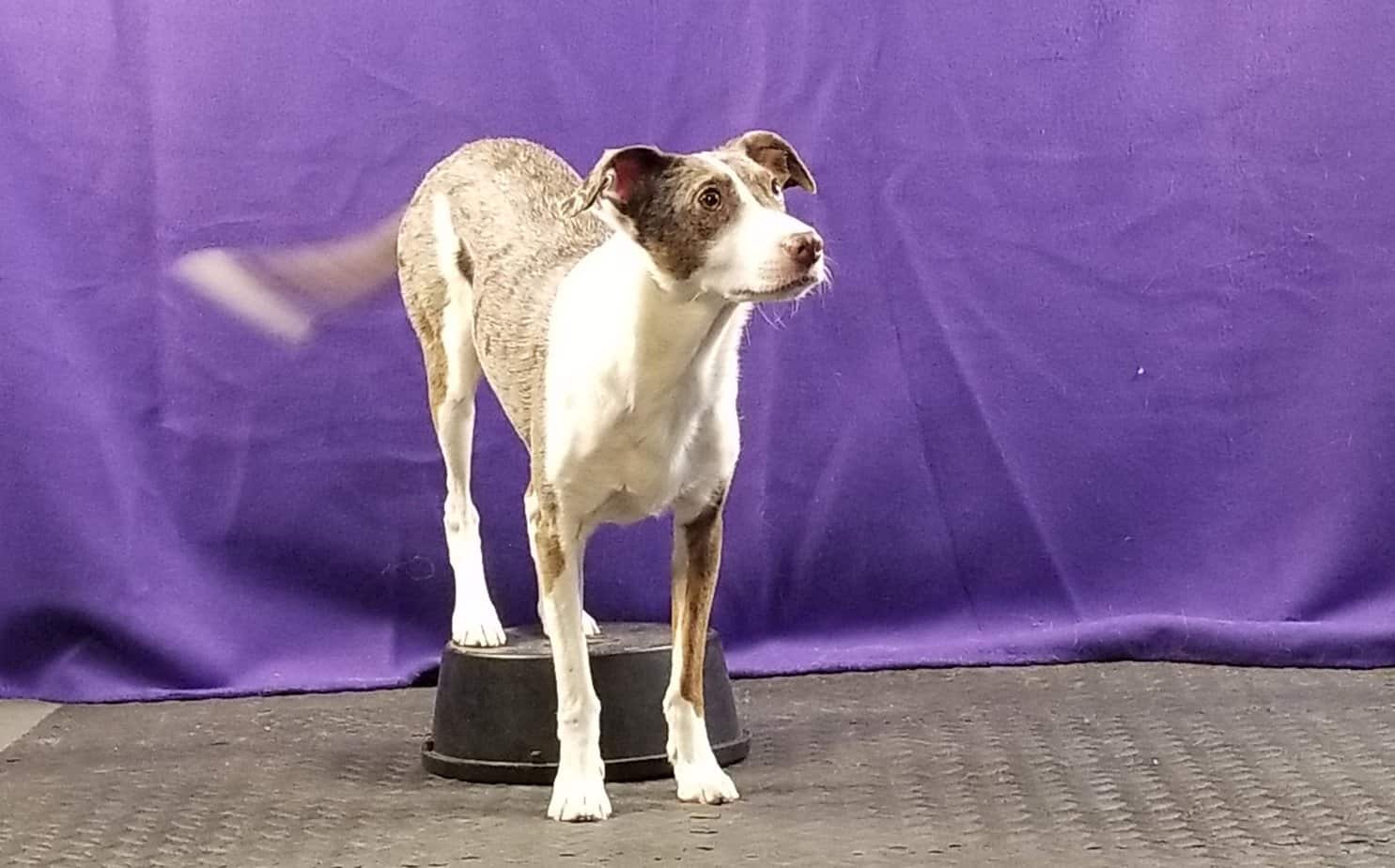
Avoid Fixing Mistakes
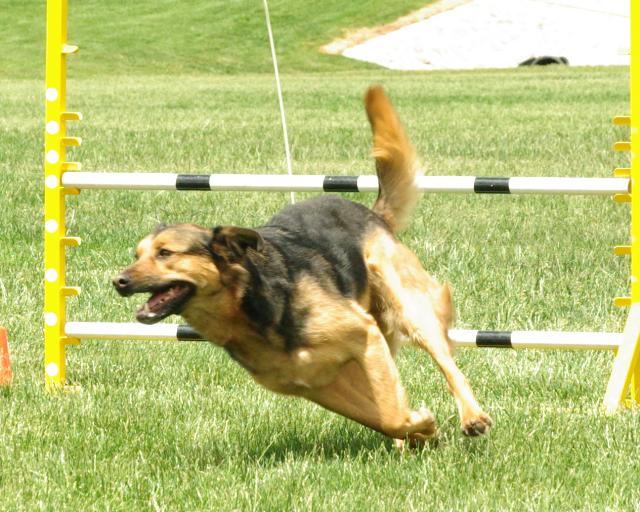
Have you ever watched a novice dog run and thought to yourself, “That dog has a lot of potential,” only to see him again six months later running like he hates agility? Sometimes these “broken dogs” are a result of the handler constantly fixing mistakes.
Over the years, I’ve learned that 99% of the mistakes our dogs make are our fault. Either we haven’t trained them well enough to perform in that environment, or we miscued them without even realizing it.
If you go back and fix a missed jump, or correct an off-course, several things happen. First, you break the flow of your dog. Imagine you are joyfully riding your bike in an area with lots of trails. Your friend tells you to turn right, but then stops you and says you should have turned left. At the next intersection, your friend tells you to turn left, but then stops you AGAIN and says she should have said turn right.
After a while, you are going to slow down at every intersection and make absolutely sure that your friend gives you the right directions. You probably aren’t going to enjoy your bike ride very much either, since the constant break in flow took you out of the “zone” and made you annoyed at your navigator.
The same thing happens with our dogs. If we redirect them too often, we erode their trust in our cues, causing them to slow down and “make sure” and ruining their enjoyment. If there is a mistake, find a graceful way to get back on track without redirecting your dog.
Drills Are Boring for Your Agility Dog
While practicing skills on a short sequence is a great way to fine tune your handling and performance, practicing the SAME skill on the SAME sequence over and over again is not only boring to your dog, but has no value.
When asked to do the exact same exercise over and over again, dogs can second-guess themselves and assume that even though they are being rewarded, if you are asking repeatedly, they must be doing something wrong. They will then start trying other things to see if they can get it right, when it wasn’t broken in the first place.
Drilling skills your dog has already mastered does not increase your performance level. If your dog does something perfectly twice, change something about the exercise. Work from the other side, increase the distance, or change something else to make the exercise just a bit more difficult. You want to continuously work to improve your skills, not drill them at the same level.
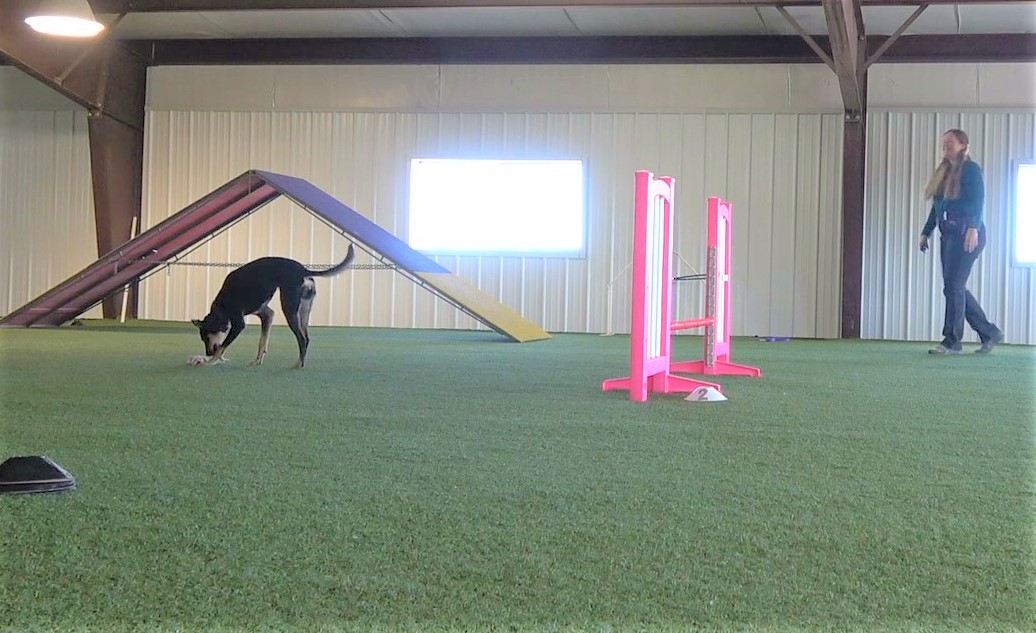
No Training Plan Equals No Training Success

Start each training session knowing what you are going to work on, even if it is just a high-level mental list. Ideally, you will have thought through your overall goals, broken them down into skills, and written those skills down to form the beginning of a training plan. Even better if you have decomposed those skills into steps you need to teach and have them planned out for each session.
Not everyone is that organized or motivated though, and that’s okay. What doesn’t work is just bouncing from exercise to exercise without having a clear idea of what you are working toward or how what you are doing gets you closer to that goal.
Make sure to have a clear plan for your dog’s agility training, and adjust it as necessary as your dog’s skills improve.
Defining Criteria Is Critical
Defining criteria for dog agility training means knowing exactly what the final behavior will look like when it is fully mastered, and knowing which steps along the way you are going to reward. If you don’t have a clear picture of what the end result will be, you can’t teach it to your dog in any meaningful or effective way.
Take the example of a stay, for the start line or elsewhere. If you just have a general idea of what you want, you may reward your dog if he stays but changes position. That would be okay, if you never needed him to stay in a specific position. But does that also mean he can move his feet? How much? Six inches? One foot? Two feet?
Trainers end up rewarding inconsistently when they don’t have clear criteria. Dogs get confused by “sometimes if I move my feet a little I get rewarded, but if I move them more I don’t” logic. The more concrete you make your criteria, and the more consistently you reward only the behavior that meets the criteria, the faster your dog will learn the task.
Today’s Tip
Dog agility training is a fun and rewarding activity, but if you make any of these five mistakes, you won’t progress as fast as you could. Be sure to prepare ahead of time for your training session so you can avoid them.
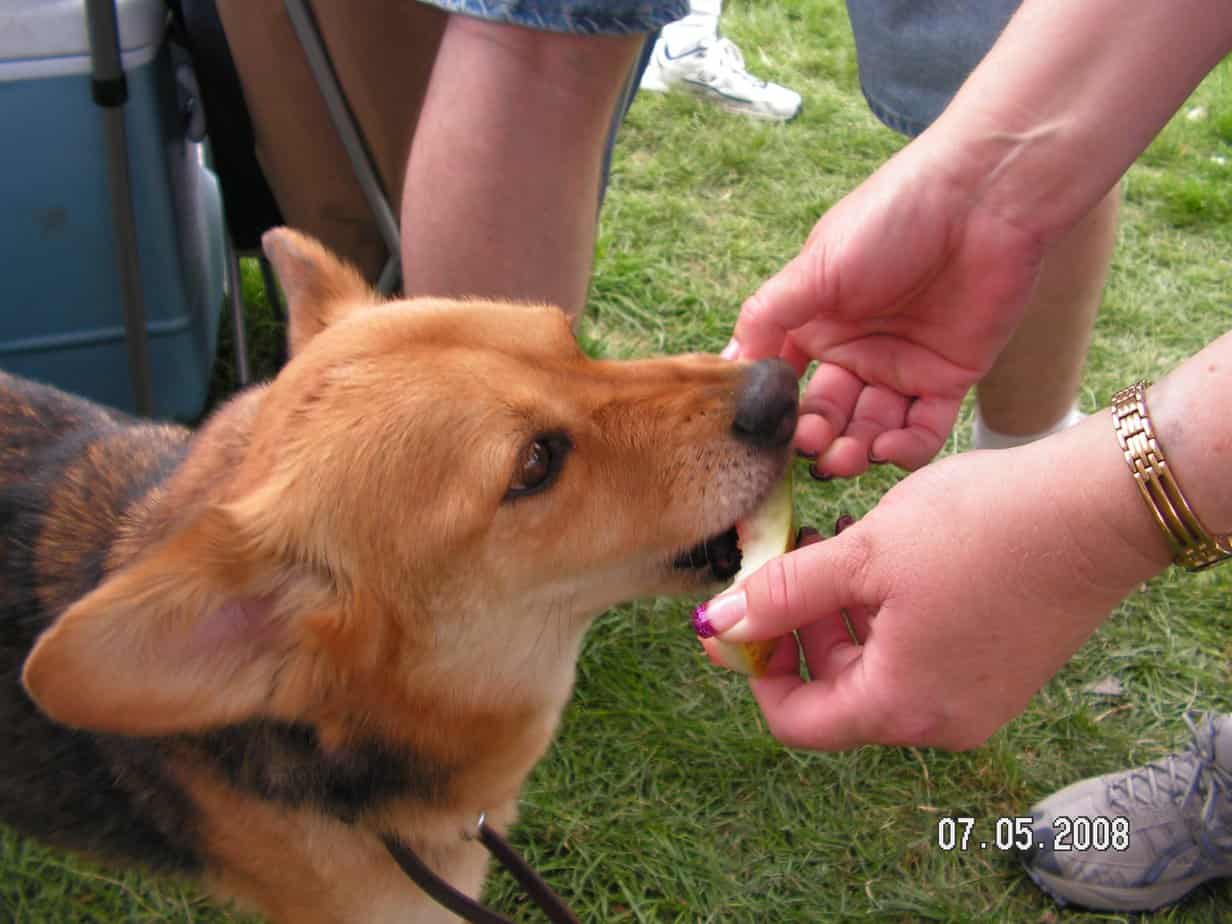
You Might Also Like…
Five Ways to Crush It at Your Next Dog Agility Seminar
Going to a dog agility training seminar? Check out these five tips to maximize your return on investment!
Read This Before Deciding on Your Agility Dog’s Contact Performance
Which contact performance, running or stopped, is right for your team? The answer might surprise you.
Is Your Agility Dog a Pinto or a Ferrari?
If you’ve moved up from a slow or moderately-fast agility dog to a speed racer, here’s some advice to make your life easier.
Get tips, stories, discounts, and early notification of events and new courses delivered straight to your inbox! Join the community!
Second photo courtesy of Stover Photography.
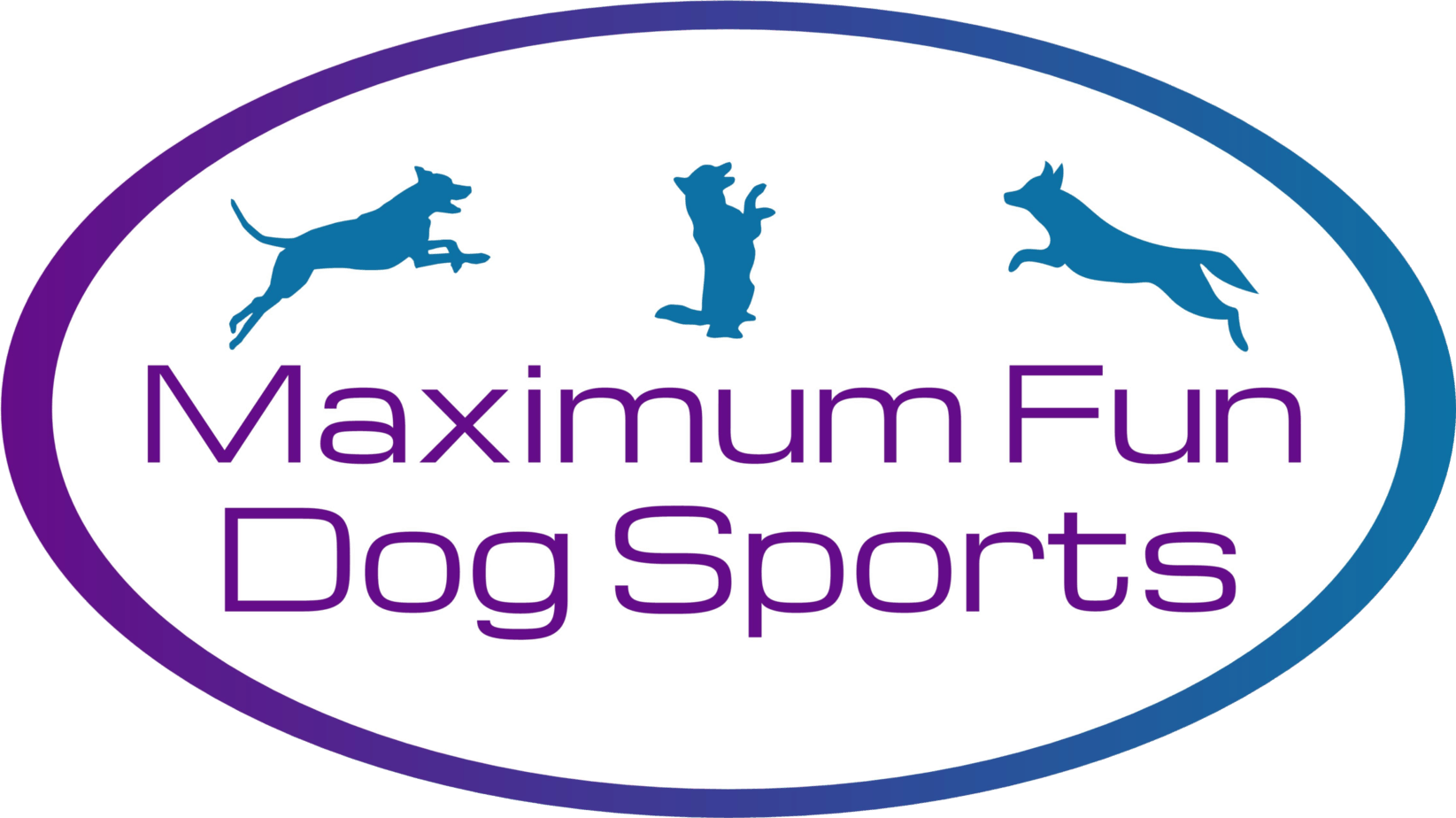
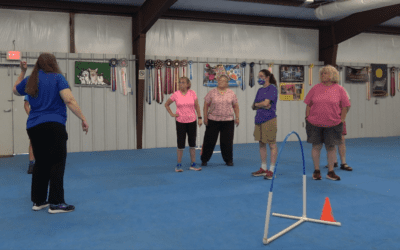
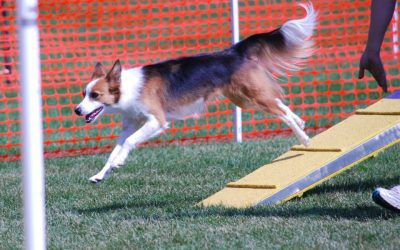
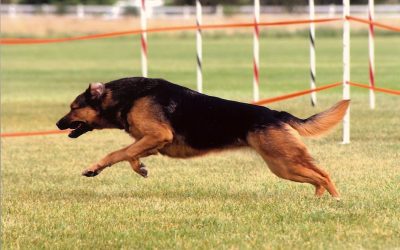
0 Comments